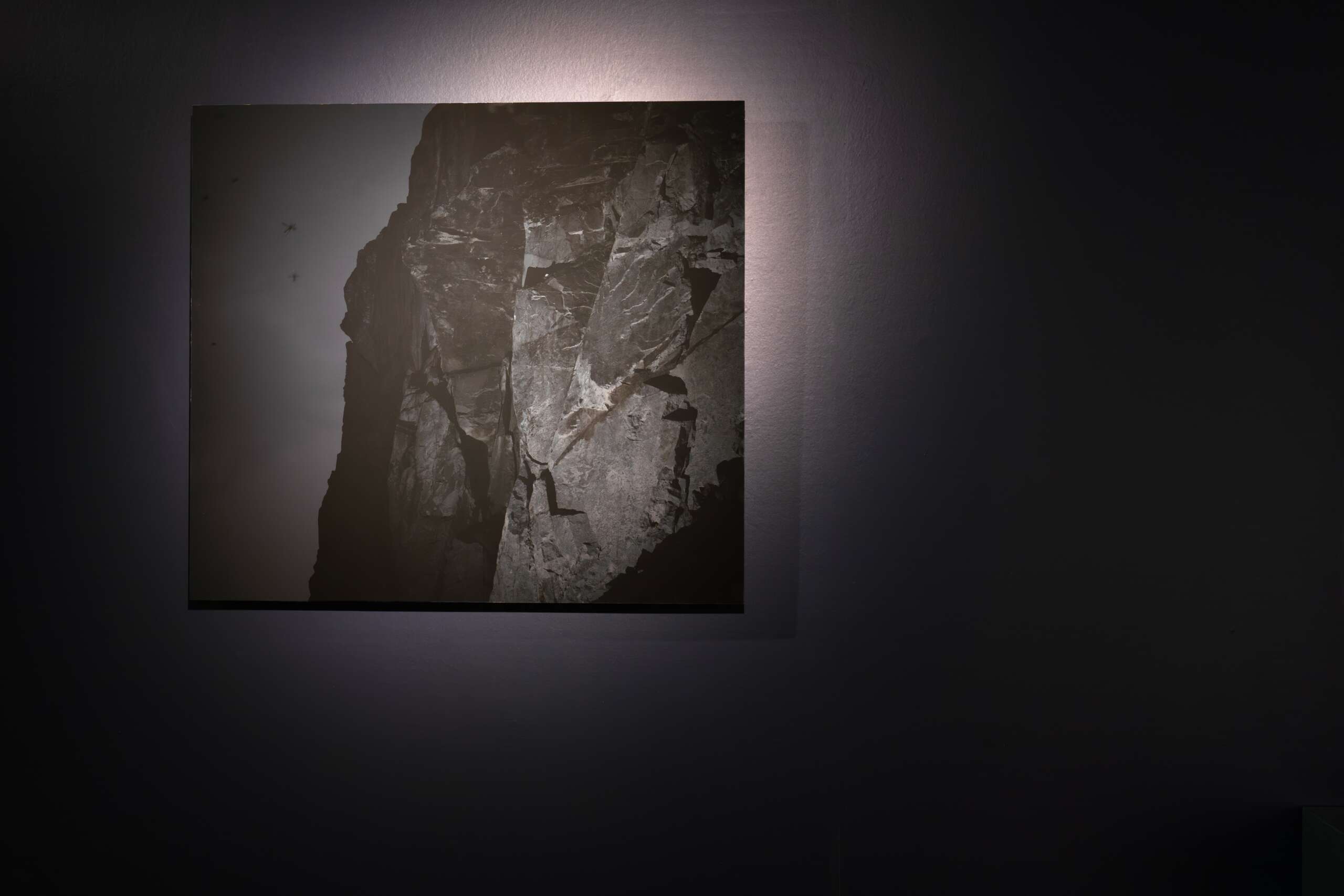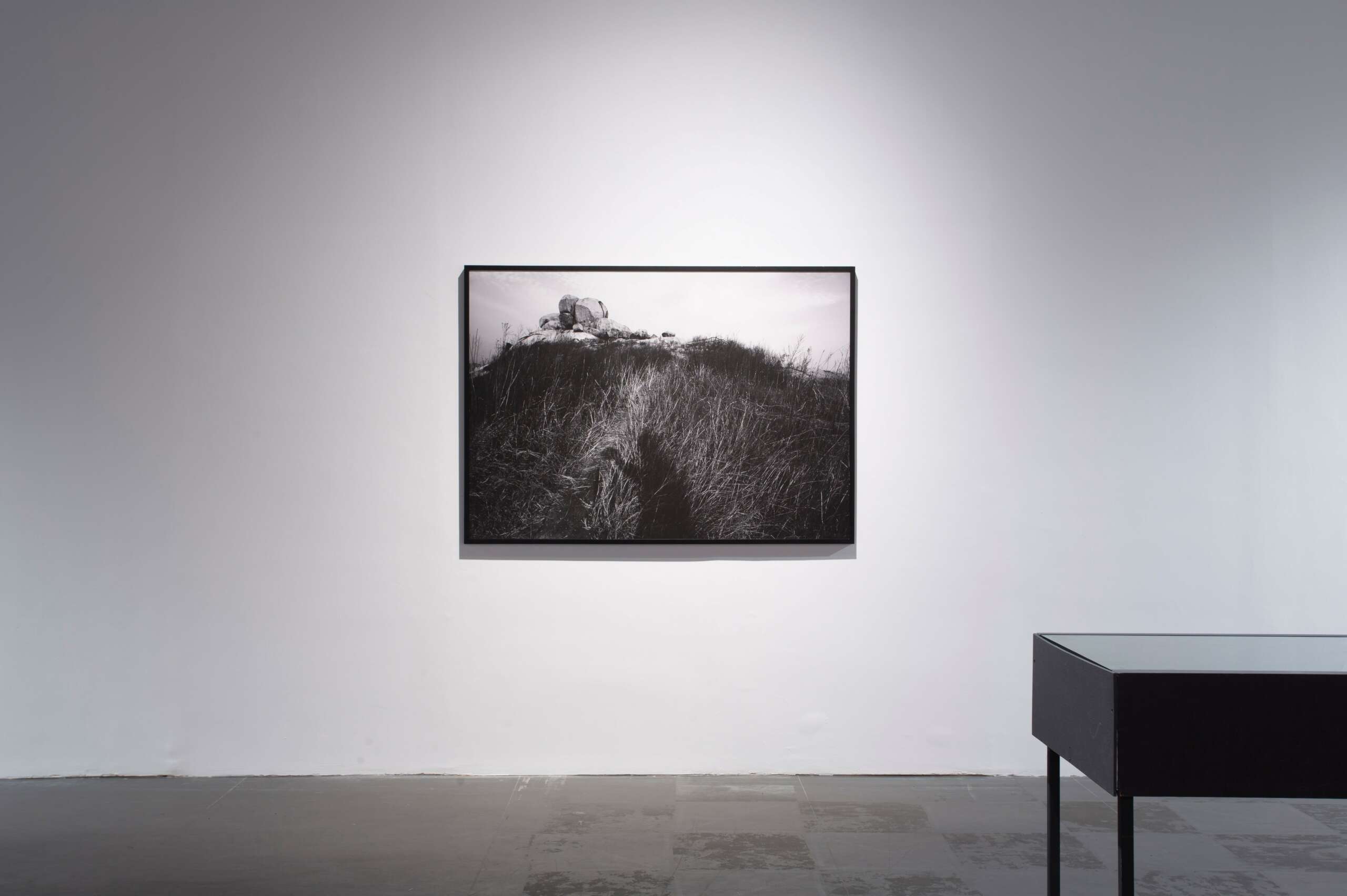Alright – so today we’ve got the honor of introducing you to Beichen Zhang. We think you’ll enjoy our conversation, we’ve shared it below.
Hi Beichen, thanks for joining us today. We’d love to hear about a project that you’ve worked on that’s meant a lot to you.
The sun rises, the Great Northern telegraph Station
This project is part of the Reverberation series I initiated in 2018, which probes the collision of geographic realities and historic forces within several archipelagoes around the globe –– the mutation and reconciliation of different localities under the technological boom and the metamorphosis of economic and geopolitical relations. The ports of the archipelagoes are specimens that ground my research, forming an entangled web of evidence that demystifies issues of economy, migration and oceanic history. The eventual archives coalesce a visual narration of archipelago historicity and contemporarity.
In the late 19th century, the Great Northern Telegraph Company established a telegraph station on Kulangsu in southeast coast of China. This communication facility drags the dormant island into the European colonial network guided through the telegraph cables.
The project surveys the entanglement of communication infrastructures, tele-governance technics and regional histories as a means to probe the colonial traces of communication technology and its process translation and encryption when localized. The series is centered around the telegraph company’s strategies of manipulation and minimalization through “the photographic” to enact a colonial rhetoric of telegraph history and rethinks the alternative strategies in which local telegraph operators, workers deployed in appropriating the telegraph technologies.


Awesome – so before we get into the rest of our questions, can you briefly introduce yourself to our readers.
I received his MFA from Maryland Institute College of Art in 2019 (United States). Focused on unveiling hidden histories through photography’s narrative structures,my artistic works often manifest in the form of photographs, essay films, mixed media installations and institutional research. Recently, I worked with a broad range of media to query and investigate the relationship of cultural, tec heritages and Asian colonial history, archive and geopolitical vicissitude, and the identity’s fluidity within the post-colonialism context. My work is a set of a visual experience of a metaphorical method through personal narratives. Through the research of archaeology and anthropology, history, and other disciplines, I examines and builds a poetic visual language with its thoughts.
For the past few years, I have developed a niche focus to unveil the underrepresented histories of infrastructures as they entangle with promises of techno-futurism and the embodied experiences of transcontinental migrants and labour bodies.
For you, what’s the most rewarding aspect of being a creative?
From my story, as participants of history, artists can prompt the creation of new historical narratives; the investigation through photography attempts to reconstruct an original contexts and uncover those veiled histories; the making of photographic archives employ material information to confront with the muted historical narrative beyond textualization. The photo based exhibition constructed upon the image and archive enumerated above can form new sites that interrogate the power dynamics of cultural space and the cultural structures embedded within the institutional narratives of artifactual historie


Let’s talk about resilience next – do you have a story you can share with us?
Since 2018,I Start investigating the history of the circulation of Chinese artifacts in American museums and initiated a photographic project named “11,565 kilometers”.
Presented as an “imagined artifact exhibition”, 11,565 is a visual archive built upon the medium of photography, artifact-origin tracing, artifact reproduction, image collection, and historical scholarship research. This project seeks to maintain that, as carriers of history, many artifacts that are removed from their place of origin are re-incorporated into museum collections across different cultural systems. Undergone the process of textualization, the historical narratives residing in artifacts are institutionalized and obscured by “inauthenticity”. As participants of history, artists can prompt the creation of new historical narratives.
I gradually discovered that art projects are very difficult to shake our views behind cultural artifacts.So I decided to respond in a more challenging way.
Utilizing the story of Object#40-35-4 as the central pavement, I work with my curator Yantong Li and Tangent Team constructed Unstranded Archive. The Archive reimagines the role of digitization within the context of the repatriation of artifacts. The hindering task of contemporary repatriation projects reveals the ambiguity of artifact ownership when complicated by colonialism, geopolitics, war, and sociopolitical upheavals.
Contact Info:
- Website: https://www.zhangbeichen.com/
- Instagram: beichenzhangphoto
- Linkedin: Beichen Zhang
Image Credits
Beichen Zhang


